Not all veggies wilt in the heat — some absolutely thrive in it. If your garden struggles once the temperature climbs, the solution isn’t always more watering or shade. Sometimes, it’s just about picking the right plants. There are vegetables that don’t just survive in summer — they love it. And the hotter it gets, the better they grow.
This list is packed with 17 heat-loving summer vegetables that will happily soak up the sun, produce fast, and keep going even during dry spells. These are the crops that don’t mind a little neglect, bounce back from stress, and deliver harvest after harvest when others are struggling. From crispy peppers to fast-growing okra and drought-tolerant beans, each one brings flavor and resilience to your warm-weather garden.
We’ll also show you exactly how to grow them — with practical tips that work even if you’re a beginner, have limited space, or forget to water now and then. Whether you’re filling raised beds, containers, or a few sunny corners in your backyard, these are the vegetables that make hot-weather gardening feel easy (and delicious).
Tomatoes
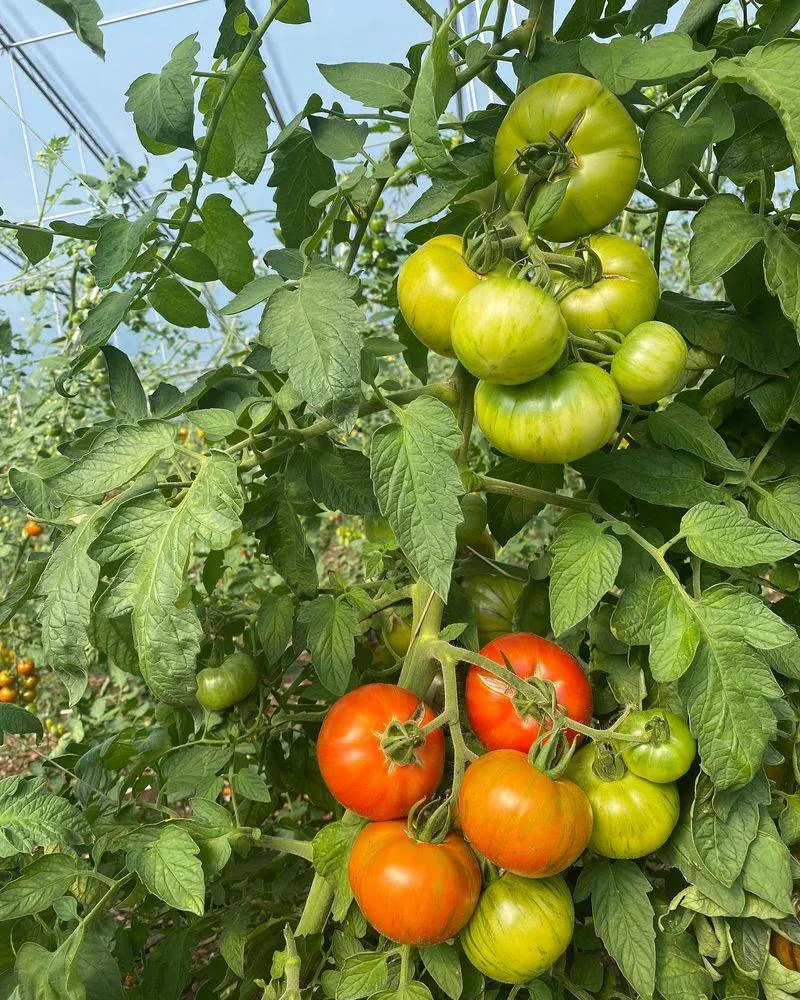
Tomatoes, the quintessential summer vegetable, flourish in warm weather, offering juicy fruits that are rich in flavor. Start seeds indoors six to eight weeks before the last frost date, then transplant outdoors once the soil warms up. Space plants at least two feet apart to ensure proper air circulation. Regular watering is crucial, especially during dry spells, to keep them productive. These versatile fruits come in various shapes and sizes, perfect for salads, sauces, or snacks. Did you know? Tomatoes were once considered poisonous in Europe due to their relation to the deadly nightshade family.
Peppers
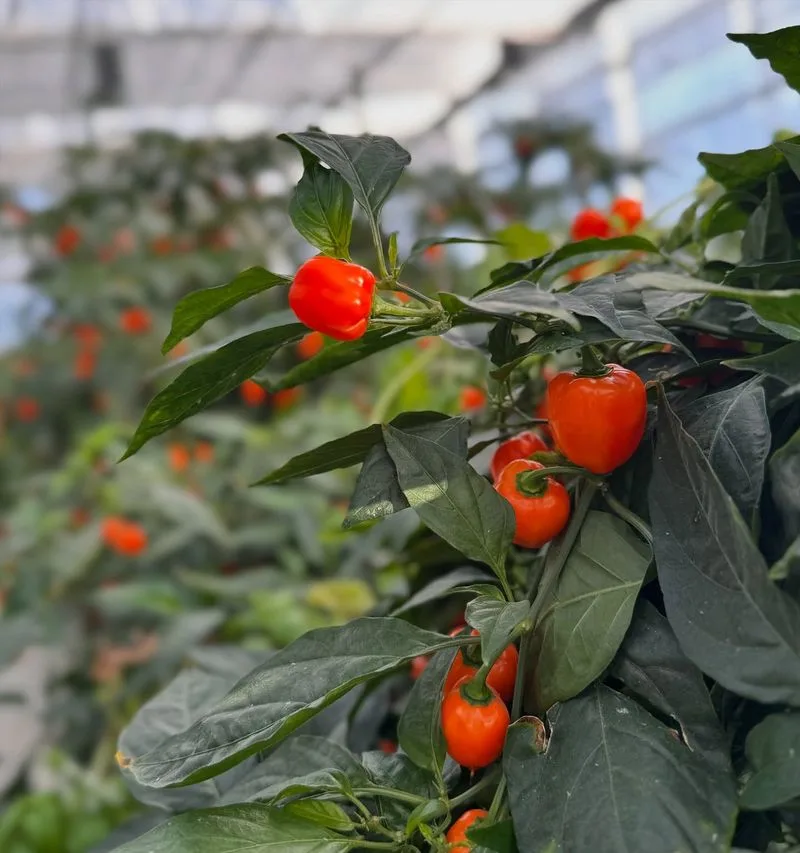
With their fiery hues and flavors, peppers bring the heat to any summer garden. These plants thrive in well-drained soil and full sun, producing an array of colors from green to red. Start seeds indoors about two months before the last frost and transition them outdoors once temperatures are consistently warm. Regular feeding with a balanced fertilizer helps maximize yield. Whether you prefer mild bell peppers or spicy chili varieties, these fruits add a punch to dishes. Interestingly, the heat in peppers is measured using Scoville units; the hotter the pepper, the higher the number!
Cucumbers
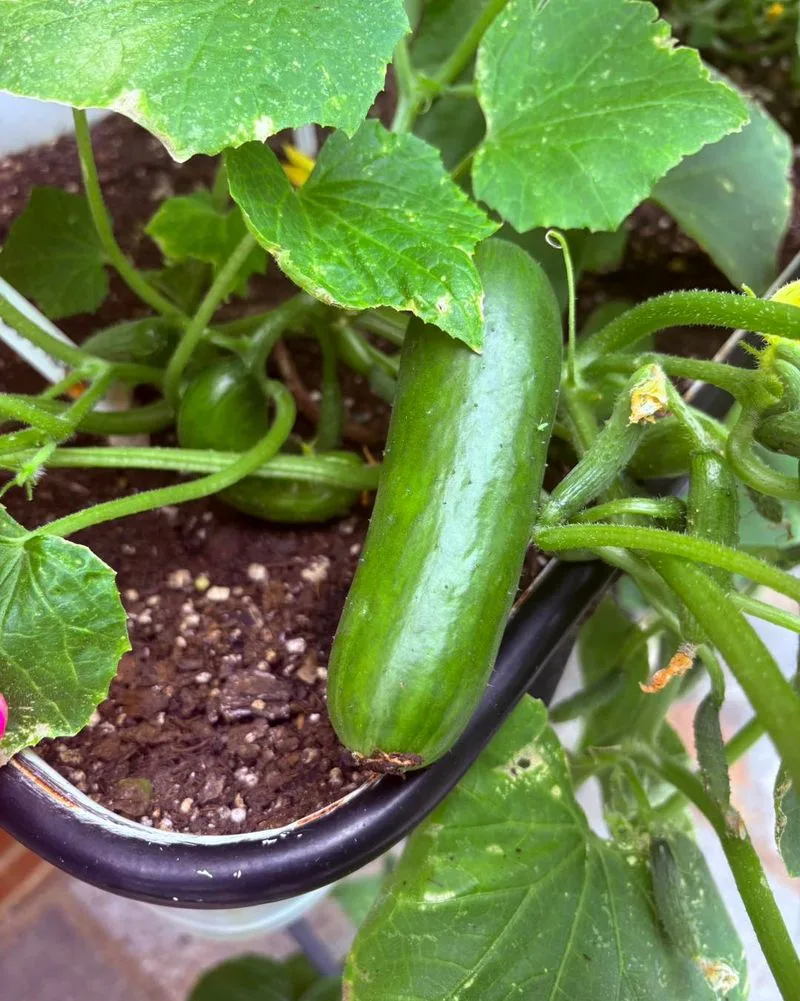
Few veggies are as refreshing in summer as cucumbers. These plants thrive in warmth, growing rapidly in well-drained soil and full sun. Train vines on trellises to save space and promote healthy growth. Plant seeds directly in the ground after the danger of frost has passed. Regular watering is key to preventing bitterness in the fruits. Enjoy cucumbers fresh in salads or pickled for a tangy treat. Fun fact: Cucumbers are 95% water, making them a hydrating snack on hot days.
Squash
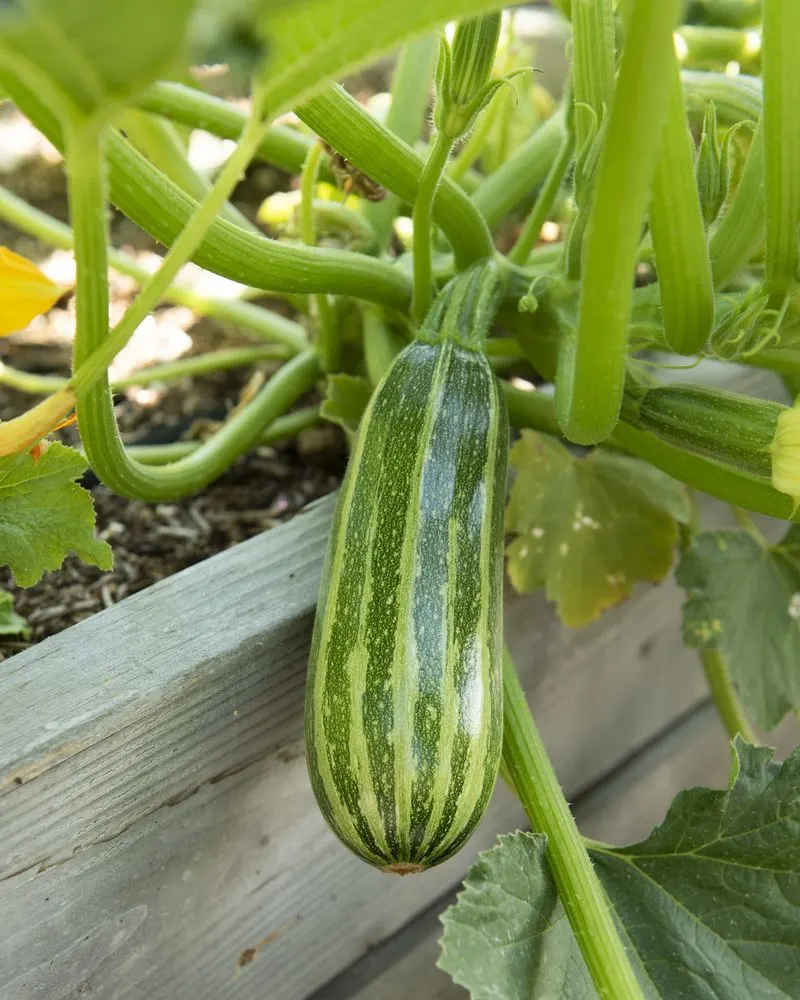
Squash, with its sprawling vines and abundant harvest, is a summer staple. Sow seeds directly into warm soil, ensuring they have ample space to spread. Regularly removing wilted flowers encourages further growth and fruiting. They’re resilient to heat, making them perfect for hot climates. Squash can be harvested young for tender fruits or left to mature for hearty soups and stews. Did you know? Squash blossoms are edible and can be stuffed or fried for a delicious appetizer.
Eggplants
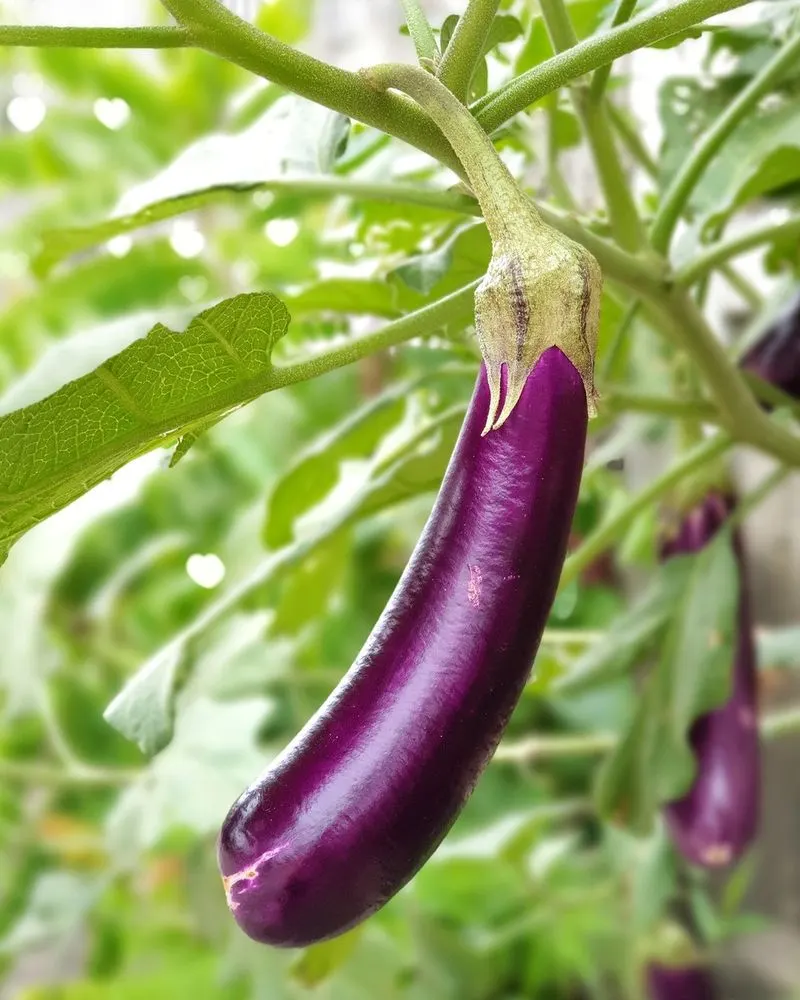
Eggplants are sun lovers, thriving in hot weather and well-drained soil. Start seeds indoors, then transplant them once the risk of frost is gone. These plants need a long growing season to produce their best fruits. Water regularly to keep soil consistently moist, and apply mulch to retain moisture. Eggplants add a unique flavor to dishes, from ratatouille to baba ganoush. Intriguingly, eggplants belong to the nightshade family, sharing lineage with tomatoes and potatoes.
Okra
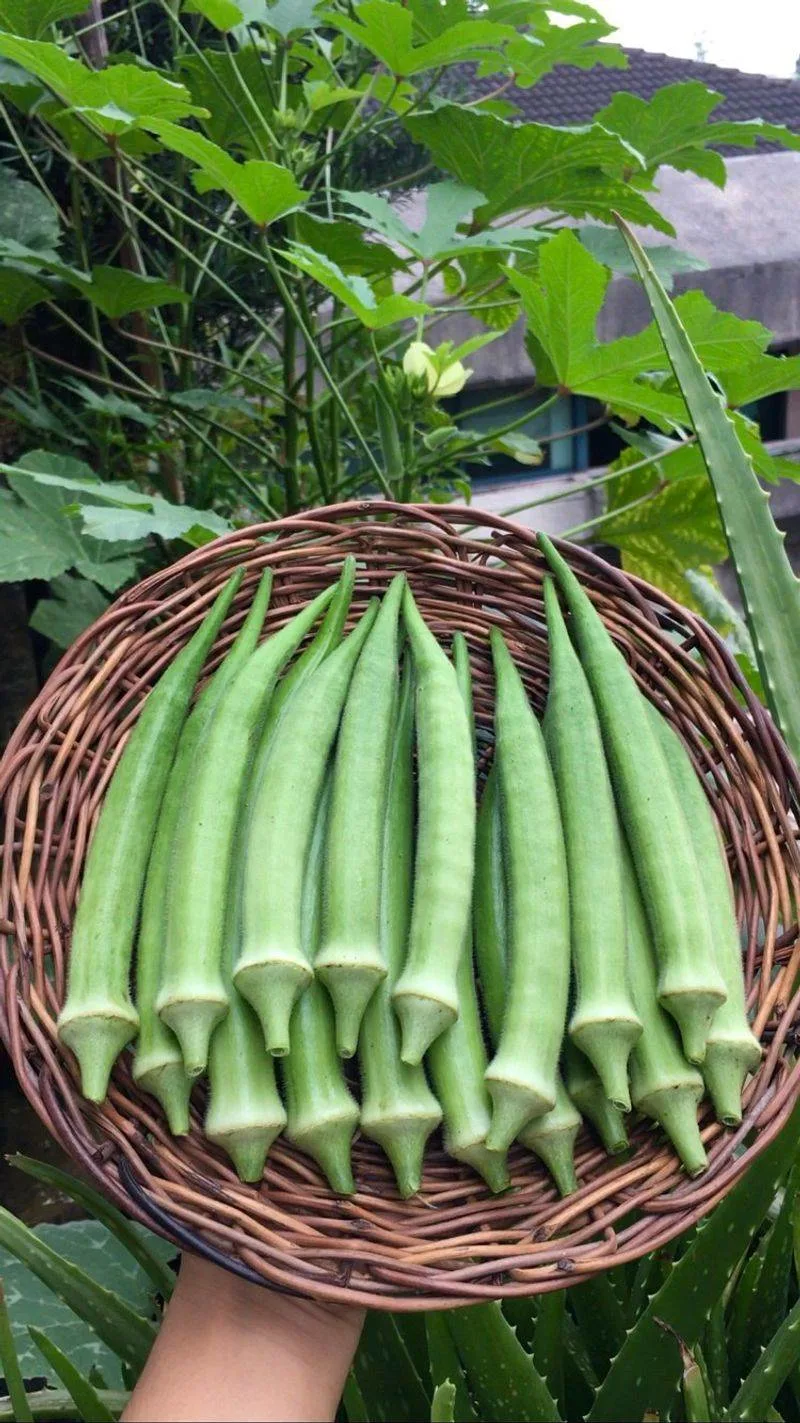
Known for its distinct texture and flavor, okra is a favorite in many Southern dishes. These plants thrive in warm climates, requiring full sun and well-drained soil. Sow seeds directly in the garden once soil temperatures exceed 65°F. Harvest pods when they are young and tender for the best taste. Okra adds thickness to soups and stews, like gumbo. Fun fact: Okra is often called “lady’s fingers” due to its slender, elongated pods.
Sweet Corn
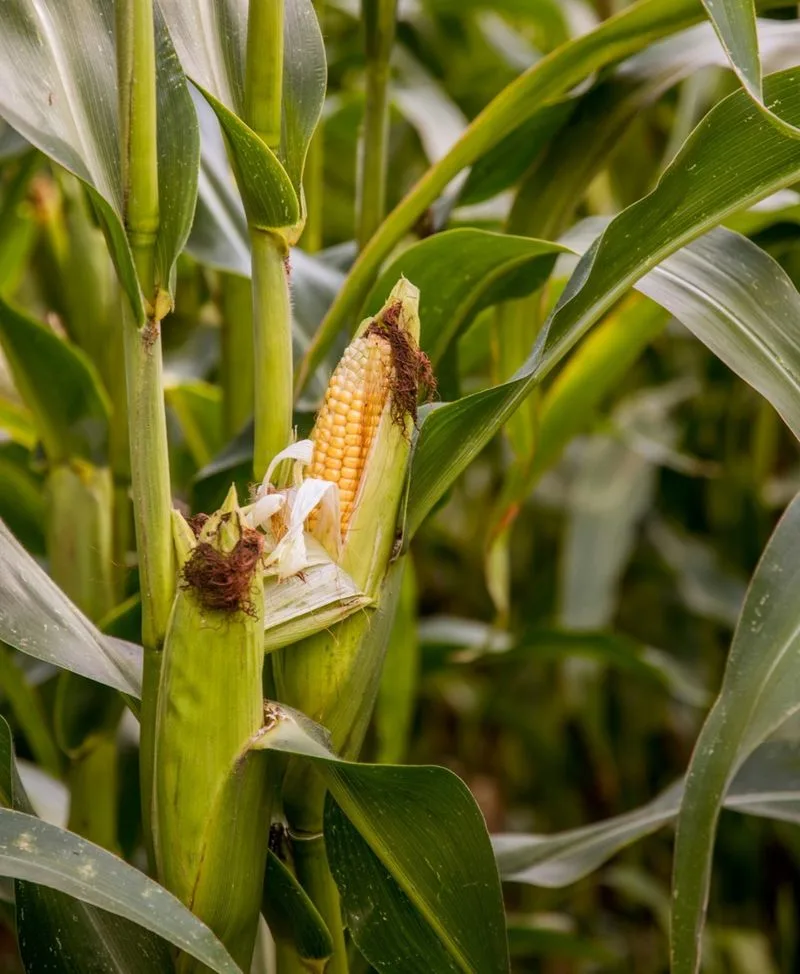
Nothing says summer like fresh sweet corn. These tall plants bask in the sun, requiring rich, well-drained soil. Plant seeds directly in the ground after the last frost, ensuring rows are spaced for proper pollination. Regular watering and feeding are essential to develop plump kernels. Sweet corn can be enjoyed grilled, boiled, or even raw for a crisp, sweet treat. Did you know? Corn is a grass, and its ears are actually the plant’s flowers.
Zucchini
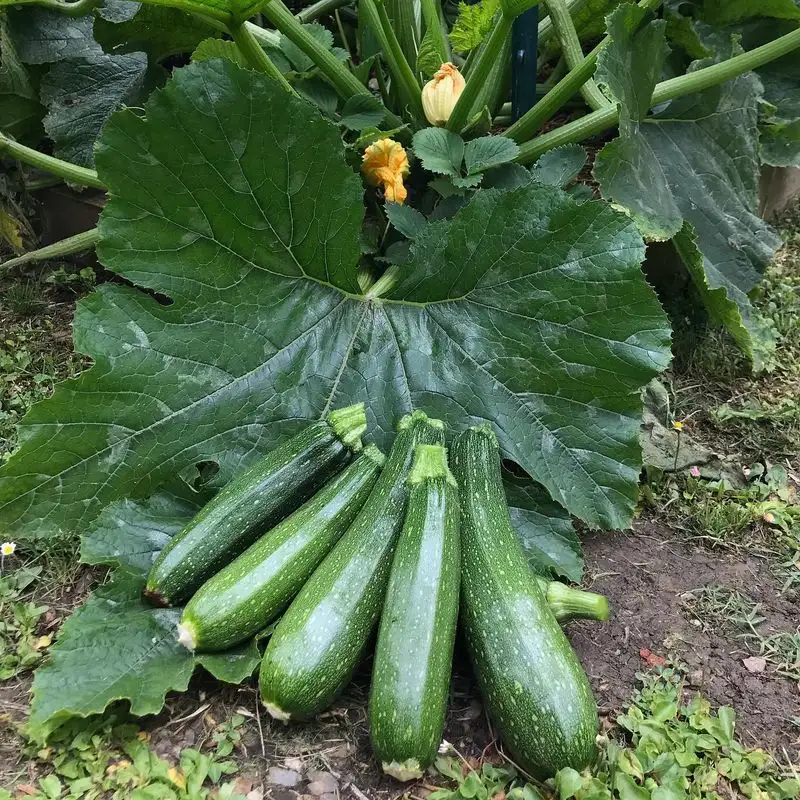
Zucchini, a prolific producer, thrives in warm, sunny gardens. Sow seeds directly in soil after the last frost or start indoors for an early harvest. Ensure plants have space to spread, and water consistently to prevent fruit from becoming bitter. Zucchini is versatile in the kitchen, perfect for grilling, baking, or spiralizing into noodles. Interestingly, zucchinis are botanically fruits, as they develop from the flower of the plant.
Green Beans
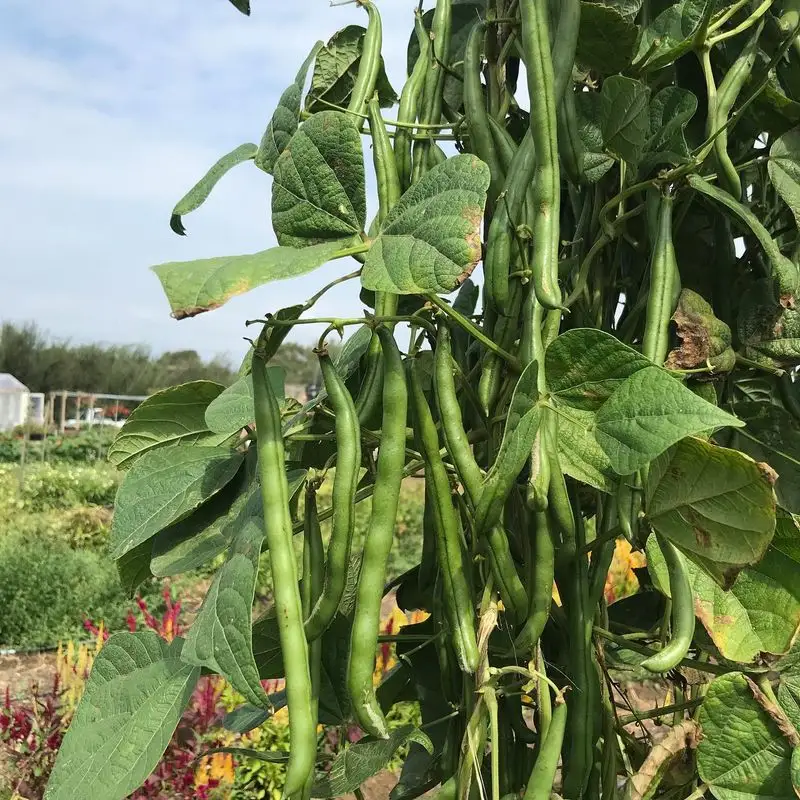
Green beans, with their crisp texture and vibrant color, are a summer garden favorite. They flourish in warm weather, growing rapidly in well-drained soil. Plant seeds directly once the soil warms, and use trellises for support if growing pole varieties. Regular harvesting encourages continued production and keeps beans tender. Whether steamed, stir-fried, or served cold in salads, green beans add a nutritious crunch. Did you know? Green beans are also called snap beans due to the sound they make when broken.
Melons
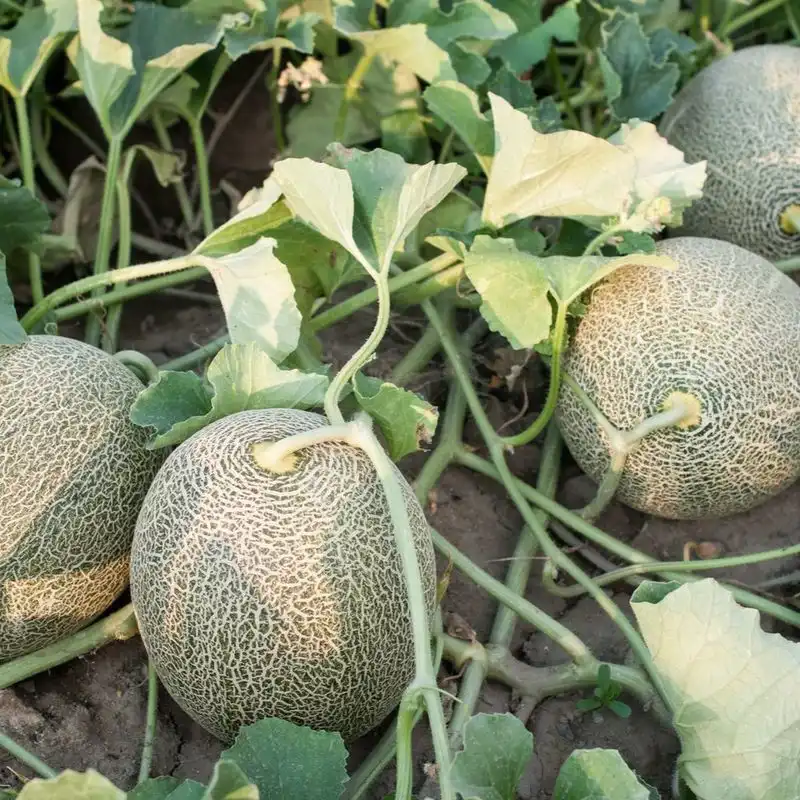
In the height of summer, melons offer a sweet, juicy escape. These plants require warm soil and full sun to produce their best fruits. Sow seeds directly in the garden after frost danger passes, giving vines plenty of room to spread. Consistent watering helps develop their characteristic sweetness. Enjoy melons fresh, in fruit salads, or as refreshing juices. Fun fact: Watermelons are made up of over 90% water, making them perfect for hydration.
Pumpkins
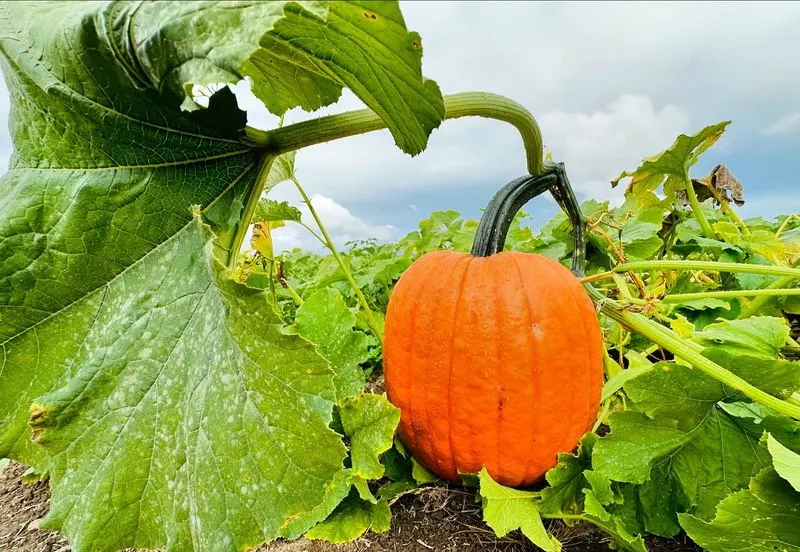
Pumpkins, synonymous with autumn, start their journey in the summer sun. These sprawling plants need plenty of space and fertile soil. Sow seeds directly outdoors after the last frost, ensuring full sun exposure. Regular watering and feeding encourage healthy growth. From pies to decorations, pumpkins are versatile in use. Interestingly, the world’s heaviest pumpkin weighed over 2,600 pounds, showcasing nature’s incredible potential.
Basil
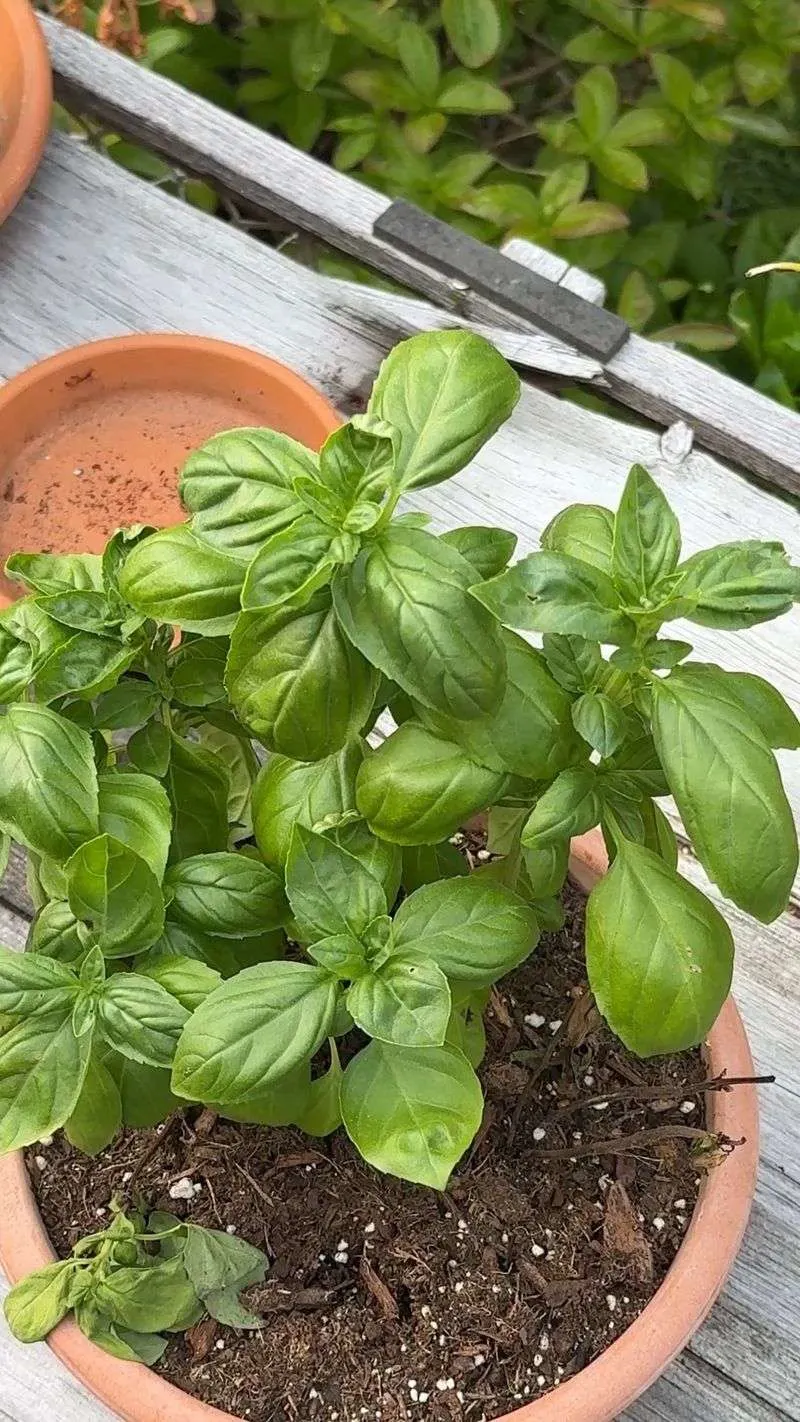
Basil thrives in the heat, making it a perfect herb for summer gardens. Plant seeds indoors before the last frost or directly in the garden once the soil warms. Ensure they have full sun and well-drained soil for optimal growth. Regular pruning encourages bushiness and prevents flowering, which can reduce leaf flavor. Fresh basil is the star of pesto and enhances dishes with its aromatic presence. Did you know? There are over 60 varieties of basil, each with unique flavors and aromas.
Carrots
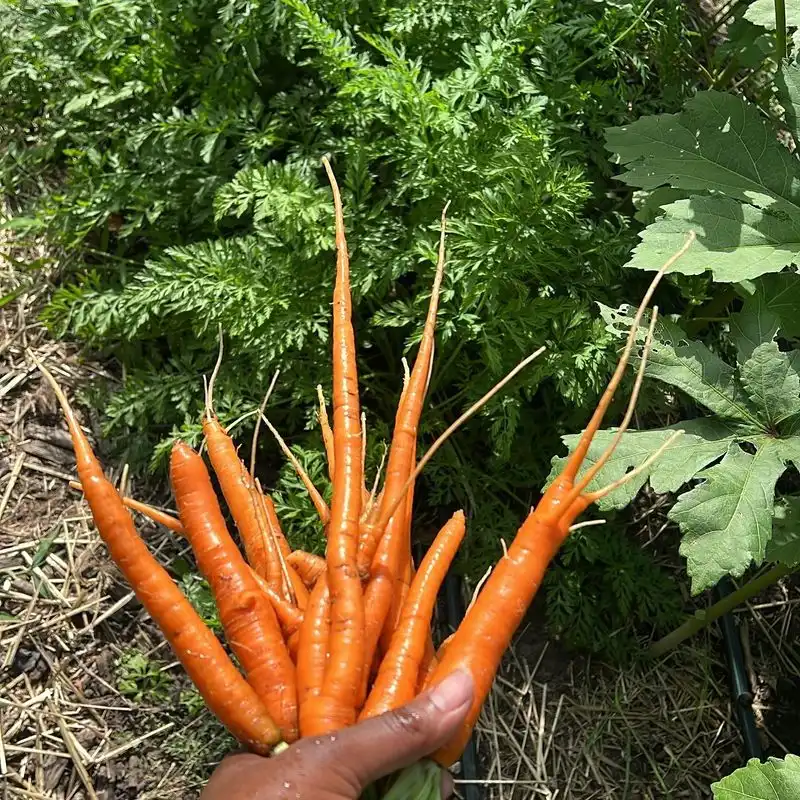
Carrots, a root vegetable adored for their sweetness, thrive in summer when planted in deep, loose soil. Sow seeds directly in the ground, ensuring consistent moisture for even germination. Thin seedlings to allow room for root development. Carrots can be enjoyed fresh, roasted, or juiced for a nutritious boost. Fun fact: The longest carrot ever recorded was over 20 feet long, a testament to what patience and the right conditions can achieve!
Radishes
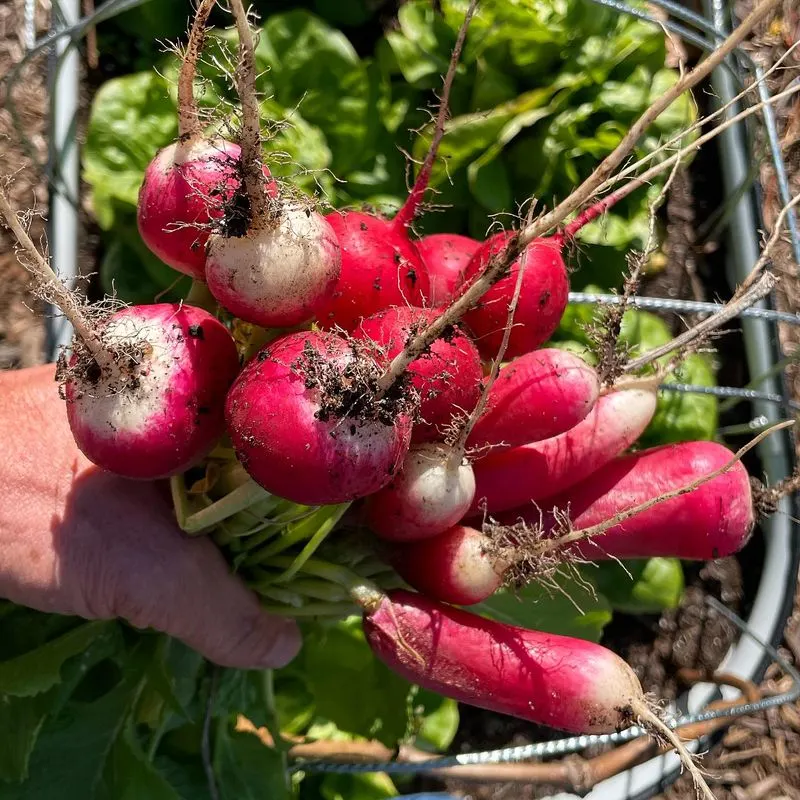
Radishes mature quickly, making them a rapid reward in any summer garden. Plant seeds directly in the ground every couple of weeks for continuous harvests. These plants prefer well-drained soil and ample sunlight. Regular watering ensures crisp, spicy roots. Radishes add a zesty crunch to salads and can be pickled for a tangy side dish. Did you know? Radish seeds were one of the first crops grown in space, demonstrating their hardiness.
Swiss Chard
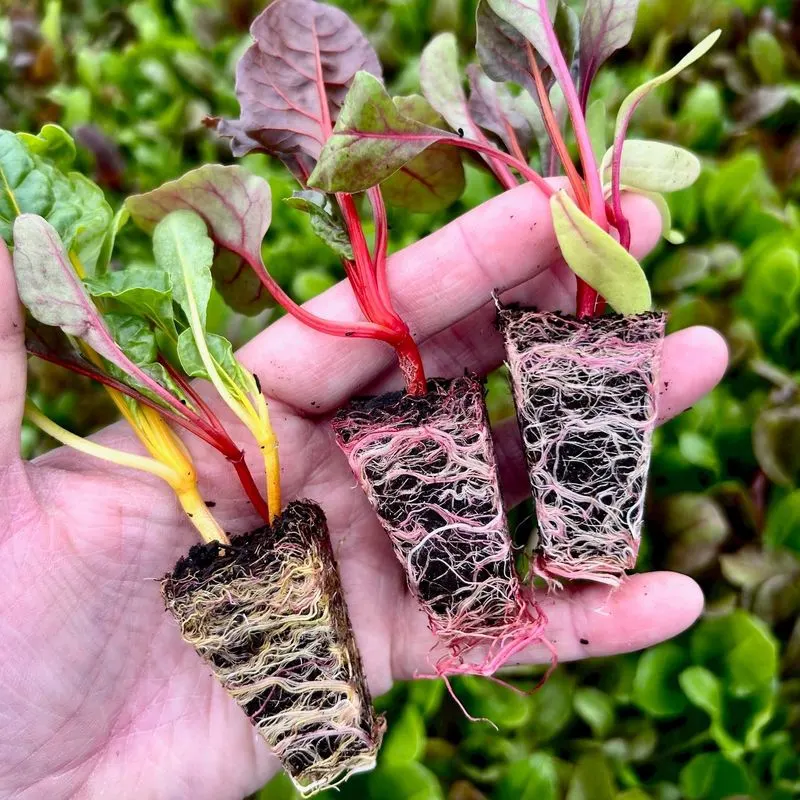
Swiss chard, with its colorful stems and hearty leaves, is a resilient summer crop. Sow seeds directly in the garden, and thin seedlings to allow space for growth. These plants tolerate heat well and can be harvested continuously by picking outer leaves. Swiss chard is delightful sautéed or added to soups for a nutritious boost. Interestingly, Swiss chard is related to beets but is cultivated for its leaves.
Herbs (Rosemary and Thyme)
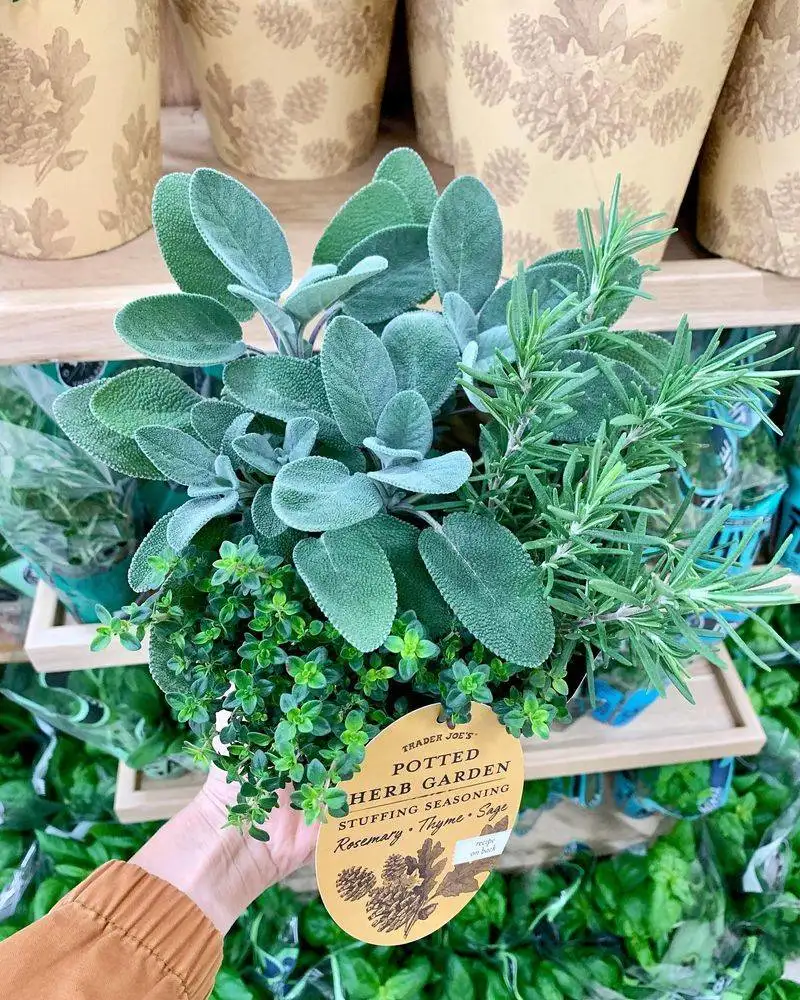
Herbs like rosemary and thyme thrive in the heat, adding flavor to any summer dish. Plant them in well-drained soil with full sun exposure. These hardy herbs are drought-tolerant, making them easy to grow with minimal watering. Regular harvesting keeps them productive and enhances their aromatic oils. Rosemary and thyme are perfect for seasoning meats or infusing oils. Fun fact: Rosemary symbolizes remembrance and was often used in ancient wedding ceremonies.

